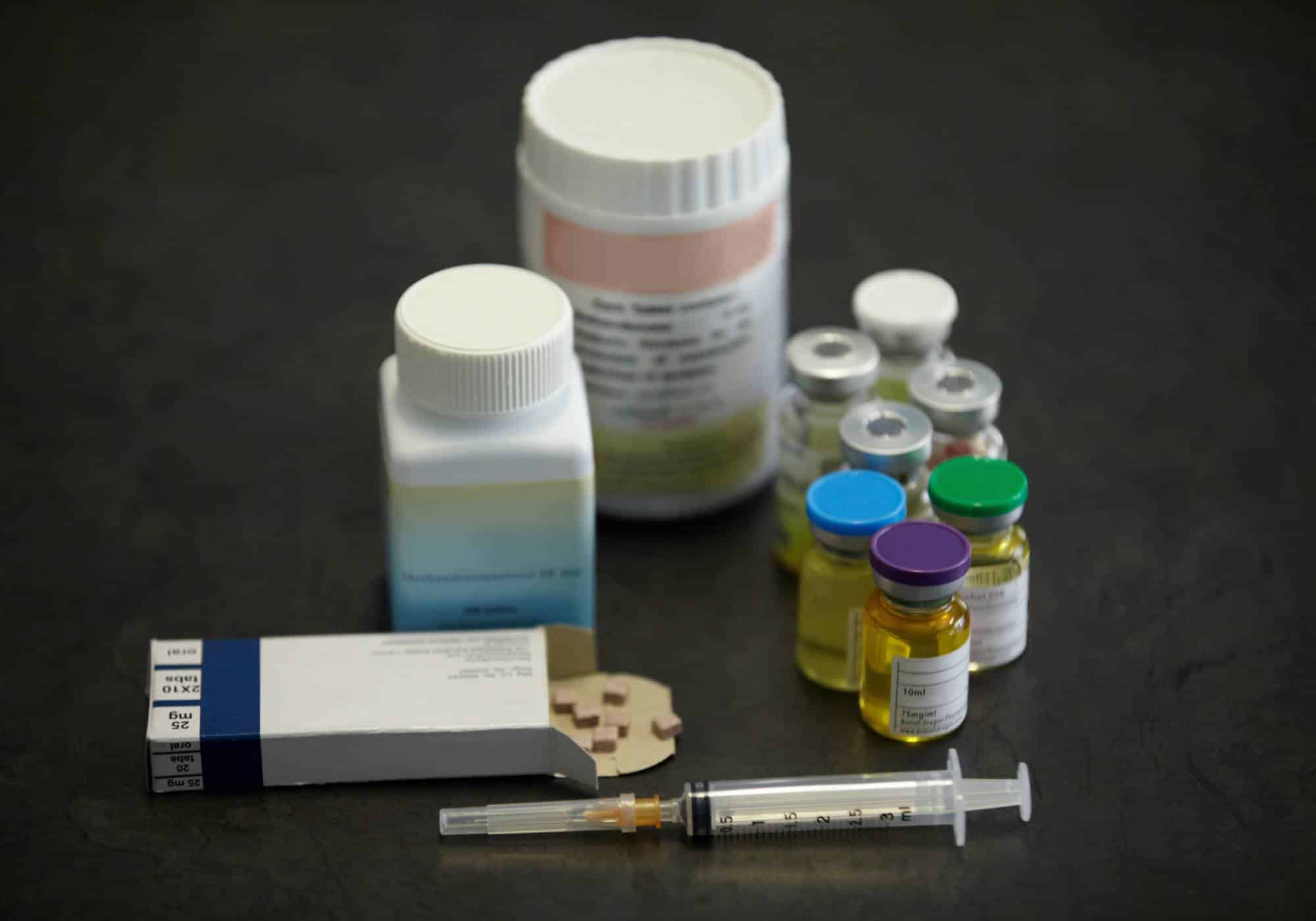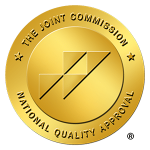Percocet, a well-known brand of oxycodone, is often prescribed for managing moderate to severe pain. It’s a powerful medication combining oxycodone, a narcotic that alters pain perception in the brain, with acetaminophen, a non-narcotic pain reliever. This combination is effective but needs to be used responsibly.
However, Percocet addiction is a serious issue. Misuse can include taking doses higher than prescribed, using someone else’s prescription, or consuming the drug for its euphoric effects. Unfortunately, such misuse is not uncommon with opiate painkillers like Percocet. The U.S. Drug Enforcement Agency (DEA) classifies these drugs as Schedule II controlled substances due to their high potential for abuse and risk of causing significant psychological or physical dependence.
It’s important to understand the risks associated with opiates. Developing a physical dependency on these drugs can be challenging to overcome without professional assistance. A startling statistic reveals that four out of five individuals who start using heroin initially misused prescription painkillers, often transitioning to heroin as a cheaper and more accessible alternative. This highlights the critical need for awareness and caution when using medications like Percocet.
What is Percocet Withdrawal?
Percocet, an opioid medication, primarily affects the mu-opioid receptors in your brain. With prolonged use, these receptors become overly stimulated, leading your brain and body to adjust by developing a tolerance to the drug. This adaptation is a natural process as your body strives to maintain balance.
However, if you abruptly stop taking Percocet, your brain may struggle to adapt quickly to the absence of the drug. This sudden change can trigger intense and uncomfortable withdrawal symptoms.
For those who have been using Percocet or any medication containing oxycodone, gradually reducing the dosage can help mitigate the severity of withdrawal symptoms. This method allows your body to adjust slowly to lower levels of the medication.
Many people find that the most effective and safest way to manage Percocet withdrawal is through a medically supervised detox program. Such programs provide professional support and supervision, ensuring a more comfortable and secure withdrawal process.

Percocet Withdrawal Symptoms
When you stop using Percocet, a medication you’ve become accustomed to, your body and mind react to its absence. This reaction manifests as withdrawal symptoms, which can be both physical and psychological.
Physically, common symptoms of Percocet withdrawal may include:
- Nausea and vomiting
- Diarrhea
- Runny nose
- Teary eyes
- Pupil dilation
- Excessive sweating
- Hot flashes
- Tremors
- Muscle cramps and aches
- Muscle spasms
- Fatigue
- Difficulty sleeping (insomnia)
- Elevated blood pressure
On the psychological symptoms of Percocet withdrawal, you might experience:
- Agitation and irritability
- Anxiety
- Depression
- Aggressive behavior
- Mood swings
- Hyperactivity
- Concentration difficulties
- Paranoia
These symptoms highlight the body’s physical dependence on Percocet and the mental toll of withdrawal. Understanding these symptoms is essential for anyone preparing to reduce or stop their use of Percocet, as it helps in managing expectations and planning for a successful recovery process. If you or a loved one are struggling with Percocet withdrawal, don’t hesitate, call us today to being your Percocet addiction treatment in Atlanta, GA.
Percocet Withdrawal Timeline
The withdrawal process from Percocet can vary in duration and intensity, often influenced by how long and how much of the drug was used. Here’s a general timeline to understand what to expect:
Initial Hours (Days 1-3)
Percocet has a short half-life, meaning withdrawal symptoms can start as soon as four hours after the last dose. The first three days are usually the most intense, with symptoms peaking in severity. You might experience physical discomfort like pain, vomiting, and diarrhea, as well as emotional challenges such as anxiety and depression. This stage can be particularly difficult if attempted at home, due to the strong urge to relapse for symptom relief.
Continuing Symptoms (Days 4-7)
Physical symptoms such as chills, cramps, and insomnia often persist into the first week. Cravings for Percocet can remain strong during this period. Developing healthy coping strategies is crucial at this stage to manage cravings and stress.
Second Week
This is a critical time to engage in either an inpatient or outpatient treatment program. By now, the most severe physical symptoms may have subsided, but psychological and emotional support is vital for continued recovery.
Weeks 3-4
For those with a long-term dependency on opioids, withdrawal symptoms may extend into the third and fourth weeks. Professional guidance and support during this phase can significantly aid in easing the withdrawal process and ensuring a smoother recovery.
Every individual’s experience with Percocet withdrawal can differ, so it’s important to have personalized support and a tailored recovery plan. Professional assistance can provide the necessary tools and resources to navigate this challenging period effectively.
How Long Does it Take to Withdraw From Percocet?
Withdrawing from Percocet is a significant step in recovery, a journey that lasts a lifetime. The initial withdrawal symptoms typically surface within 24 hours after stopping the drug, and they may persist for a week or longer. The experience of withdrawal varies for each individual, influenced by factors like age, weight, overall physical and mental health, and the level of addiction or dependence.
In the first week of withdrawal, most physical symptoms tend to subside. However, this is often followed by an intensification of psychological symptoms, such as depression, which can lead to feelings of hopelessness. This stage can be particularly challenging, and it’s not uncommon for mental health issues to coexist with addiction. Dual diagnosis treatment programs are crucial in these cases, offering support and care for both mental health disorders and addiction.
The risk of relapse is notably high during the withdrawal phase, and in some cases, individuals may experience suicidal thoughts. Given these risks, having access to supportive networks and professional assistance is essential. This support can provide the necessary guidance and care to navigate through the challenging times of withdrawal safely.
Why is Percocet Addictive?
Percocet’s addictive qualities can be traced back to its impact on the brain, a common trait shared with various substances, including drugs and alcohol. Opiate addiction, in particular, is known for its strong grip on individuals, a factor that treatment programs must address. The process leading to addiction involves more than just the drug binding to opioid receptors and altering brain chemistry.
The brain contains three key opioid receptors: mu, delta, and kappa. These receptors are crucial for the development of addiction. When Percocet is taken, whether orally, through the mucous membranes of the nose, or via injection, it rapidly enters the bloodstream and travels to the brain. Here, it crosses the protective barrier of the brain and is converted into morphine. This conversion allows Percocet to bind to the mu-receptor, which is pivotal in managing pain, emotional responses, and the sense of reward.
With continued drug use, the brain starts relying on this external stimulation. This dependency reaches a point where the brain struggles to produce and regulate essential endorphins independently. If Percocet use is reduced or stopped, the body reacts sharply, signaling distress. The brain’s response to this situation often manifests as an intense craving for more of the drug, underlining the challenging nature of Percocet addiction.
How Severe is Percocet Withdrawal?
Percocet withdrawal, driven by its opioid component oxycodone, can lead to notably unpleasant and uncomfortable symptoms. These symptoms often resemble those of the flu, coupled with nausea and vomiting, creating a challenging experience for those going through withdrawal.
While Percocet withdrawal is typically not life-threatening, the intensity and discomfort of the symptoms make it a difficult process to manage without medical assistance. Attempting to detox at home often presents the challenge of dealing with these severe symptoms without professional support. As a result, many individuals may feel compelled to use Percocet again just to relieve these withdrawal symptoms.
However, this risk is significantly reduced in a controlled clinical setting. Detoxing under medical supervision removes the immediate access to Percocet, providing a safer and more structured environment. This professional support is crucial for effectively managing the withdrawal process, ensuring both safety and a higher chance of successful recovery.

How is Percocet Withdrawal Treated?
Detoxification is the body’s natural process of eliminating toxins, including those from drug use. For those with a physical dependence on Percocet, withdrawal can be a challenging and uncomfortable experience.
Common symptoms during opioid detox, such as sweating, vomiting, and diarrhea, are the body’s ways of expelling Percocet. However, these symptoms can lead to dehydration and nutrient deficiencies. In a medically supervised Percocet detox, a healthcare team ensures you remain hydrated and that your nutrient and electrolyte levels are balanced. Medications are often used to ease withdrawal symptoms and curb cravings for Percocet.
Certain medications can mimic the effects of Percocet in the brain, helping to lessen the intensity of withdrawal symptoms. These may include:
- Methadone
- Naltrexone
- Buprenorphine
- Clonidine
It’s important to remember that detox is just the initial step towards recovery and not a complete cure for opioid addiction. After detox, your body is in a better position to tackle the psychological aspects of Percocet addiction, which is a crucial part of the ongoing recovery process. If you or a loved one are struggling with Percocet withdrawal, don’t hesitate, call us today at 678-929-6304 to being your Percocet addiction treatment in Atlanta, GA.
Percocet Withdrawal Treatment at Hope Harbor Wellness
If you’re facing challenges with addiction to Percocet, OxyContin, or any oxycodone-based product, Hope Harbor Wellness is here to lay a solid foundation for your journey towards sustained abstinence.
Located in the peaceful suburbs of Atlanta, GA, our luxury rehab centers offer affordability without compromising quality. At Hope Harbor, you’ll find an environment that’s both inclusive and inspiring, designed to be free from distractions and triggers associated with addiction.
For many dealing with opioid use disorders, a medically supervised detox is the most effective and comfortable first step towards recovery. We collaborate with top clinical detox centers, utilizing medications to alleviate withdrawal symptoms and cravings associated with Percocet. During the detox process, which typically spans seven to ten days, you’ll have access to both emotional and clinical care.
This detox phase addresses the physical aspects of opioid addiction, paving the way for subsequent treatment of the psychological elements of Opioid Use Disorder (OUD).
Our compassionate approach extends to outpatient care. We work closely with premier medical opioid detox facilities to ensure a safe and efficient detox experience. Following detox, you can transition smoothly into one of our specialized outpatient treatment programs, each designed to tackle various aspects of substance use disorders:
- Outpatient Rehab: A flexible program tailored to fit into your daily life.
- PHP (Partial Hospitalization Program): Offers a structured yet non-residential approach to treatment.
- IOP (Intensive Outpatient Program): Provides more intensive care while allowing you to maintain daily responsibilities.
- Dual Diagnosis Treatment Program: Caters to those with co-occurring mental health disorders.
Our Percocet treatment programs incorporate a variety of interventions:
- MAT (Medication-Assisted Treatment): Uses medication to relieve withdrawal symptoms and reduce cravings.
- Psychotherapy: Focuses on the psychological roots of addiction.
- Group Therapy: Provides a platform for peer support and collective learning.
- Individual Counseling: Offers customized guidance and support.
- Family Therapy: Aims to mend and fortify family dynamics.
- Holistic Therapies: Emphasizes comprehensive wellness, including physical, emotional, and spiritual health.
- Aftercare: Assures continued support after treatment completion.
Embark on a transformative journey from addiction to recovery with Hope Harbor Wellness. Trust our dedicated team to guide and support you at every stage. For more details or to initiate your journey, reach out to our admissions team at 678-929-6304.












